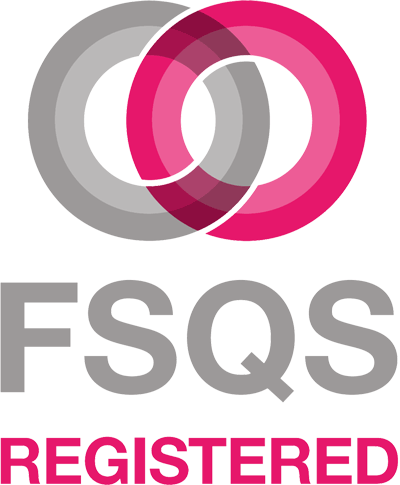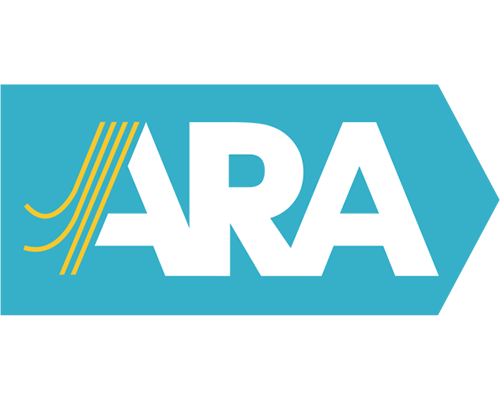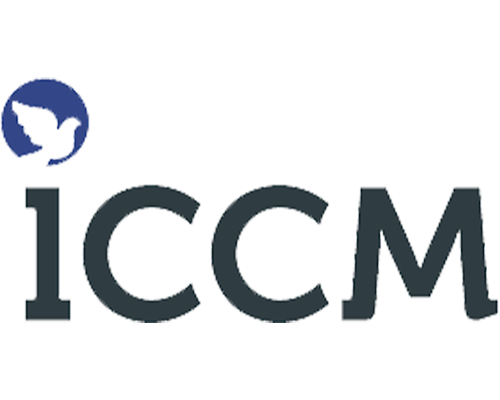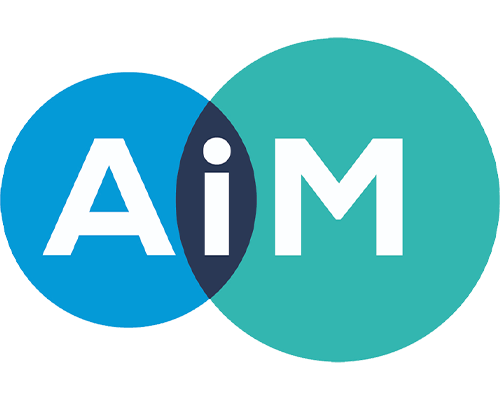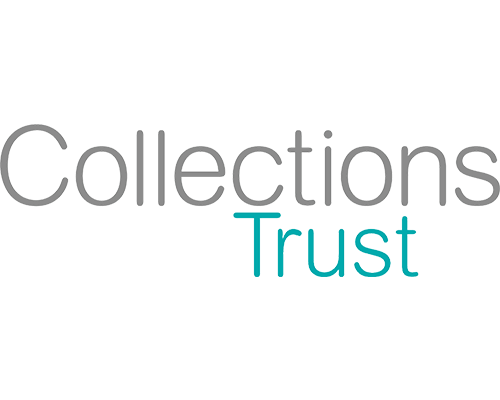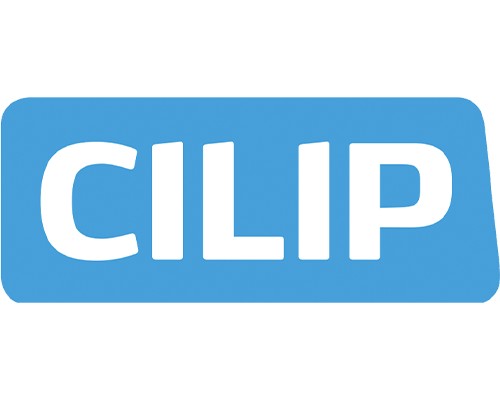Last month I partnered with TownsWeb Archiving to offer free surgery sessions on their stand at the Museums + Heritage Show 2018. I offered slots where archives, museums and libraries planning digitisation projects could bring their queries and issues around copyright and get expert advice.
It was really great to speak to such a diverse cross-section of different heritage institutions over the day; from national libraries and museums, to local history trusts and independent music archives.
Key themes from the Day
What was particularly interesting was that across the surgeries, despite the different goals and circumstances of the institutions I spoke with, two themes emerged. The first was institutions looking to digitise collections to open up access, but unsure if there were copyright or rights management risks – and so this group’s questions were more around first steps to identify potential areas of risk.
The second was institutions looking to exploit their digitised collections commercially online and monetise them; and wanting to understand strategies to identify, manage and mitigate copyright risks around that.
Below I have summarised some of these conversations and my advice to these organisations, in the hopes that this may help you progress your copyright journey and begin tackling issues you are facing.
National Library: Digitising oral histories and GDPR
National library planning to use software to transcribe oral histories and put online as part of sound heritage project.
Issue
“We are concerned about data protection and copyright issues around this, particularly in the context of the recent GDPR legislation…”
My advice
Whilst data protection and privacy are definitely things you need to consider with this type of collection and project, there are other concerns you will need to be aware of. For example, there could be potential for libel, obscenity, and even incitement of racial hatred; any of these could be present within the recordings (and therefore will be in the transcribed text). So in fact privacy is only one aspect you will need to address and manage.
Local arts trust: Identifying and managing copyright risks when commercialising digitised archives
Small scale arts trust with history of the local area currently stored in a private house and quite inaccessible as a result. Currently curating collection in order to digitise, open up access online and exploit value in the collection.
Issues
“We are looking for guidance around identifying copyright within our village trust’s collections, in order to clear copyright to enable digitisation and opening up of public access by adding historic records and documents to village trusts public website.
Medium term we are looking to exploit the collection – via charging for online access and merchandise (such as tote bags, mugs etc).”
My advice
- First of all it’s about identification of those copyright issues and areas of risk
- Then it’s about clearance and
- Management
- And then licensing out to exploit those assets
So start by identifying which items you hold the rights for and which you don’t, or where there are your own and others’ rights.
If the rights are yours, check if those rights are still active or if they have expired - they are typically active for the rights holder’s lifetime plus 70 years. If you don’t own the rights and they are still active, the next stage is seeing if you can make contact with the rights holder and obtain the permissions you need. . If it's not possible to locate rights holders and the items are orphan works (works in copyright where the rights holders are unknown or cannot be traced) then the next stage is thinking about risk management and if there is an alternative way you can use them.
You also need to have a way of recording, managing and storing those permissions - who has given you them and what permissions they have given; as well as those who haven’t given you permission. How you do this needs to fit the size and needs of your organisation – you might use something as simple as an Excel spreadsheet or there are advanced systems and products which can help you do this at scale.
Next it’s key to establish the necessary contracts so that you have a robust platform for you to commercially exploit those images and records. This is why it’s pivotal to think about how you will want to use the records and images early on, so that you can seek the necessary rights permissions.
Professional Body: Managing trademark and insignia copyright in heritage materials
National professional body with over 100 years of history currently digitising some materials from its heritage collection, including rare books and insurance policies from the 18th and 19th centuries. The aim of this is to put them online.
Issues
“We are looking to showcase the newly digitised materials online and are currently developing a website portal for this. I’m not worried about the rare books as I believe they are out of copyright, but the insurance policies feature all manner of seals and stamps, and even insurance company logos.
We are unsure of what potential copyright risks and issues there would be around this, and how to manage those”
My advice
The good news is, dealing with material of this nature and age, the contents is likely to be out of copyright. But there are two areas that occur to me.
The first is, you’ve got trademarks and trademarks can be renewed. What’s more, this is not necessarily just the typeface, the actual words can be trademarked. So that would be one area of potential risk to be managed.
What you can do as a first step with these is go to the Intellectual Property Office website to check the online trademark register to see if the trademark is still active in the UK and Europe; and if so, under what classes. What you can also do is cross-reference that with Companies House to see if the companies holding the trademark are still viable companies, or if they are dormant.
Second area – you have official stamps and signs. Certainly for records that have any kind of connection to anything regal, the Lord Chamberlain’s Office administers the re-use of that material. So the answer for this is that you may have peripheral rights contained within that material, which may mean you need to gain authorisation for any re-use or may even mean that you are not allowed to reproduce some of this material (as the Lord Chamberlain’s Office can be quite restrictive in certain circumstances).
The Lord Chamberlains Office have a really useful downloadable guide which details all of the insignia that are still registered, and also some of the restrictions.
These actions are a great starting point.
Independent Music Archive: Understanding issues around commercialising digitised audio archives
My father was a prominent musician and freelance music journalist who had a long successful career, as well as actually pioneering the first daily radio show dedicated to black and ethnic minorities. We now hold an archive of 16 years’ worth of audio interviews - 187,000 minutes; featuring Mohammed Ali, Michael Jackson, Bob Marley and others. We have digitised around 20% so far.
Issues
“I believe we own the intellectual property for the archive, but am looking for some guidance around this to confirm. I am also looking to commercialise the archive by licensing clips and their contents, but again am unsure what the potential options for this might be”
My advice
There are actually a number of rights in that material. So the recording of the material will be your fathers copyright, but the other rights within the material may be owned by others (i.e. the artist/interviewee). These other rights will likely be:
- moral rights – in terms of being associated with that attribution
- copyright – in terms of what the person is saying
- performance rights – in terms of they are the one speaking
- and possibly even some data protection rights – depending on what information they share in the recordings
In terms of commercialising the content, you can’t publish the material online without clearing the underlying permissions. Which could be a complex process.
So you could seek the relevant permissions, that’s one option.
Another approach though, could be to make the footage available under contract law. So they come to you, you supply them the clip(s) under a license – but then you move the risk for clearing any third party rights that sit within that material on to them. And this is an approach that the BBC, Getty and other organisations have used.
As an independent archive you’re still quite vulnerable because, say for example, if someone comes to you to use a clip for research purposes you need to be sure that they aren’t going to use that for something else – so the strength of your contracts is paramount. You will need robust contracts in place so that they understand what their responsibilities are.
Further copyright and licensing advice
Hopefully if you are facing similar problems to the archives and libraries I spoke with, you will find the insights above helpful, but of course this is just a starting point. If you need any help with identifying or managing copyright and licensing issues you can get in touch with me at Naomi Korn Associates.


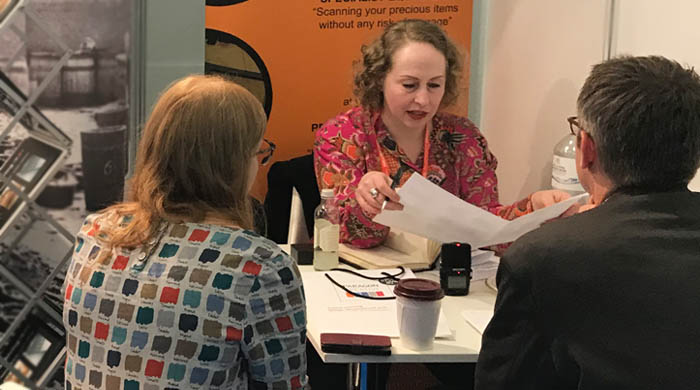
 USE OUR ONLINE
USE OUR ONLINE

